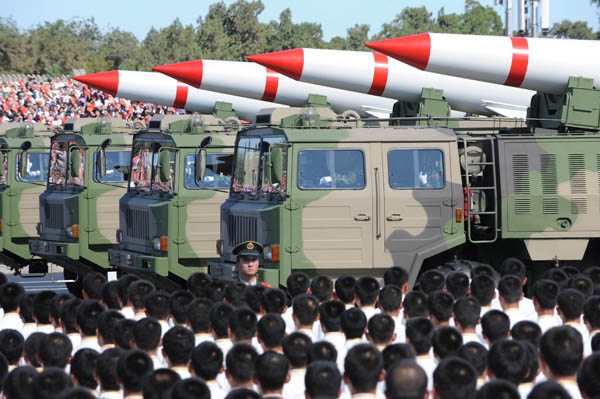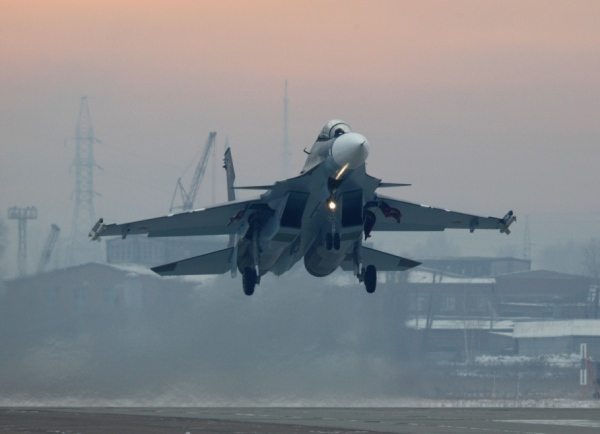The U.S. government believes a Chinese missile launch this week was the first test of a new interceptor that could be used to destroy a satellite in orbit, a U.S. defense official told Reuters on Wednesday.
China launched a rocket into space on Monday, but no objects were placed into orbit, the Pentagon said on Wednesday. The object re-entered Earth’s atmosphere above the Indian Ocean.
“We tracked several objects during the flight but did not observe the insertion of any objects into orbit and no objects associated with this launch remain in space,” said Lieutenant Colonel Monica Matoush, a Pentagon spokeswoman.
The rocket reached 10,000 km (6,250 miles) above Earth, the highest suborbital launch seen worldwide since 1976, according to Jonathan McDowell at the Harvard-Smithsonian Center for Astrophysics.
China has said the rocket, launched from the Xichang Satellite Launch Center in western China, carried a science payload to study the earth’s magnetosphere.
“I want to emphasize that China has consistently advocated for the peaceful use of outer space and opposes the weaponization of outer space as well as an arms race in outer space,” Foreign Ministry spokesman Hong Lei told reporters in Beijing.
Possible anti-satellite payload
However, a U.S. defense official said U.S. intelligence showed that the rocket could be used in the future to carry an anti-satellite payload on a similar trajectory. Neither the U.S. official nor the Pentagon released details of what the Chinese rocket carried into space.
“It was a ground-based missile that we believe would be their first test of an interceptor that would be designed to go after a satellite that’s actually on orbit,” said the official, who was not authorized to speak on the record.
Representative Mike Rogers, chairman of the U.S. House Intelligence Committee, declined to comment specifically on the rocket launch, but said China was clearly taking a more aggressive posture in space.
“Any time you have a nation-state looking to have a more aggressive posture in space, it’s very concerning,” Rogers said at a Reuters Cybersecurity Summit.
The United States remains concerned about China’s development of anti-satellite capabilities after Beijing shot a missile at one of its own defunct satellites in orbit in 2007, creating an enormous amount of debris in space.
Monday’s rocket launch was similar to launches using the Blue Scout Junior rocket that were conducted by the U.S. Air Force in the 1960s for research on Earth’s magnetosphere, McDowell said in an emailed response to questions.
He said all the previous suborbital launches above 10,000 km had been conducted by the United States. All China’s previous missile tests went to less than 2,000 km, although Beijing had launched orbital vehicles higher, including to the moon, he said.
Most scientific suborbital launches are at most 1,500 km or so, McDowell added. The 1976 launch was Gravity Probe A, when NASA and McDowell’s institute worked together to launch an atomic clock to 10,280 km.
Monday’s launch came less than a week after U.S. Deputy Defense Secretary Ashton Carter unveiled what he called a “long overdue” effort to safeguard U.S. national security satellites and develop ways to counter the space capabilities of potential adversaries.
U.S. military space officials are taking steps to improve the resilience of national security satellites in orbit, the defense official said. These include using new wave forms to make it more difficult for adversaries to jam signals from space, putting U.S. sensors on commercial satellites and using terrestrial high-frequency communications.
Last week, the Pentagon released an 83-page report on Chinese military developments that highlighted China’s increasing space capabilities and said Beijing was pursuing a variety of activities aimed at preventing its adversaries from using space-based assets during a crisis.











